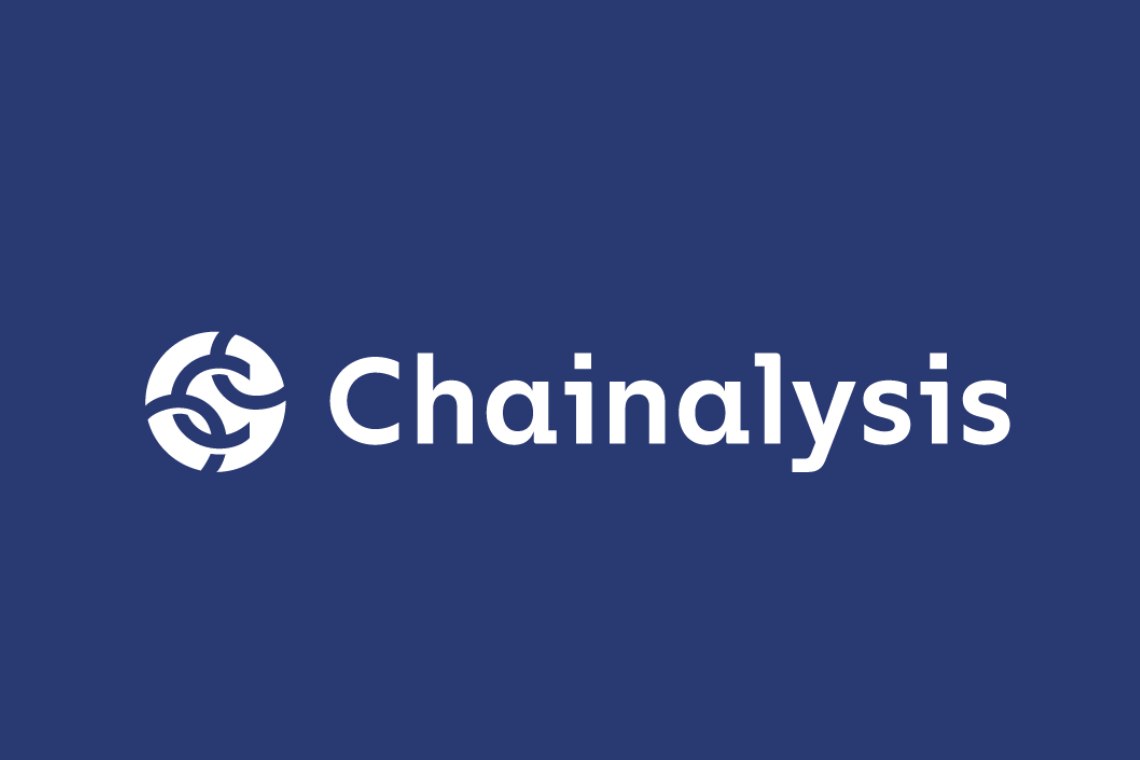Chainalysis Crypto Report on Latin America (LATAM)
The post Chainalysis Crypto Report on Latin America (LATAM) appeared on BitcoinEthereumNews.com. According to Chainalysis’ latest report, in the realm of crypto, Latin America (LATAM) emerges as a dynamic landscape with unique traits, distinctive preferences, and notable examples of how digital assets can turn economic and political challenges into opportunities for the region’s inhabitants. The following analysis looks at the cryptocurrency ecosystems of two major countries in the region, Argentina and Venezuela, to shed light on how these nations have harnessed the unique utility of cryptocurrencies. Latin America’s (LATAM) position on crypto: Chainalysys’ report Before exploring these individual cases, it is critical to understand the overall crypto landscape in Latin America. This region, characterized by diverse economies and varied political landscapes, boasts the seventh largest cryptocurrency economy globally, after sub-Saharan Africa. In particular, it closely follows regions such as MENA, East Asia, and Eastern Europe in terms of cryptocurrency adoption and activity. An interesting aspect of Latin America’s cryptocurrency engagement is its preference for centralized exchanges. Unlike other regions, Latin America shows a greater inclination toward these platforms. It also tends to favor decentralized options over institutional assets. Although Latin America’s crypto economy is smaller than others, its grassroots adoption is robust, with three countries ranking in the top 20 of the Global Crypto Adoption Index-Brazil, Argentina, and Mexico. Latin America (LATAM) in Chainalysis: crypto struggle and adoption in Argentina Argentina, a nation plagued by cyclical currency devaluation and economic problems, is a case in point for cryptocurrency adoption. The Argentine peso suffered a significant devaluation of about 51.6 percent in the year leading up to July 2023. In response, cryptocurrencies, particularly stable currencies, have emerged as a reliable refuge for Argentines seeking to preserve their savings amid hyperinflation and severe restrictions on foreign currency purchases. As a result, many choose to convert their salaries into stable currencies such as USDT or…

The post Chainalysis Crypto Report on Latin America (LATAM) appeared on BitcoinEthereumNews.com.
According to Chainalysis’ latest report, in the realm of crypto, Latin America (LATAM) emerges as a dynamic landscape with unique traits, distinctive preferences, and notable examples of how digital assets can turn economic and political challenges into opportunities for the region’s inhabitants. The following analysis looks at the cryptocurrency ecosystems of two major countries in the region, Argentina and Venezuela, to shed light on how these nations have harnessed the unique utility of cryptocurrencies. Latin America’s (LATAM) position on crypto: Chainalysys’ report Before exploring these individual cases, it is critical to understand the overall crypto landscape in Latin America. This region, characterized by diverse economies and varied political landscapes, boasts the seventh largest cryptocurrency economy globally, after sub-Saharan Africa. In particular, it closely follows regions such as MENA, East Asia, and Eastern Europe in terms of cryptocurrency adoption and activity. An interesting aspect of Latin America’s cryptocurrency engagement is its preference for centralized exchanges. Unlike other regions, Latin America shows a greater inclination toward these platforms. It also tends to favor decentralized options over institutional assets. Although Latin America’s crypto economy is smaller than others, its grassroots adoption is robust, with three countries ranking in the top 20 of the Global Crypto Adoption Index-Brazil, Argentina, and Mexico. Latin America (LATAM) in Chainalysis: crypto struggle and adoption in Argentina Argentina, a nation plagued by cyclical currency devaluation and economic problems, is a case in point for cryptocurrency adoption. The Argentine peso suffered a significant devaluation of about 51.6 percent in the year leading up to July 2023. In response, cryptocurrencies, particularly stable currencies, have emerged as a reliable refuge for Argentines seeking to preserve their savings amid hyperinflation and severe restrictions on foreign currency purchases. As a result, many choose to convert their salaries into stable currencies such as USDT or…
What's Your Reaction?



































